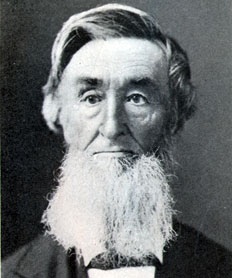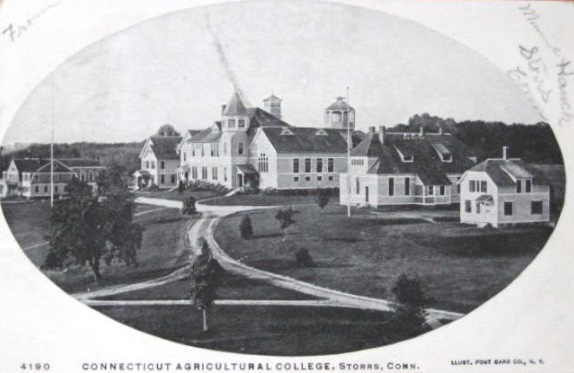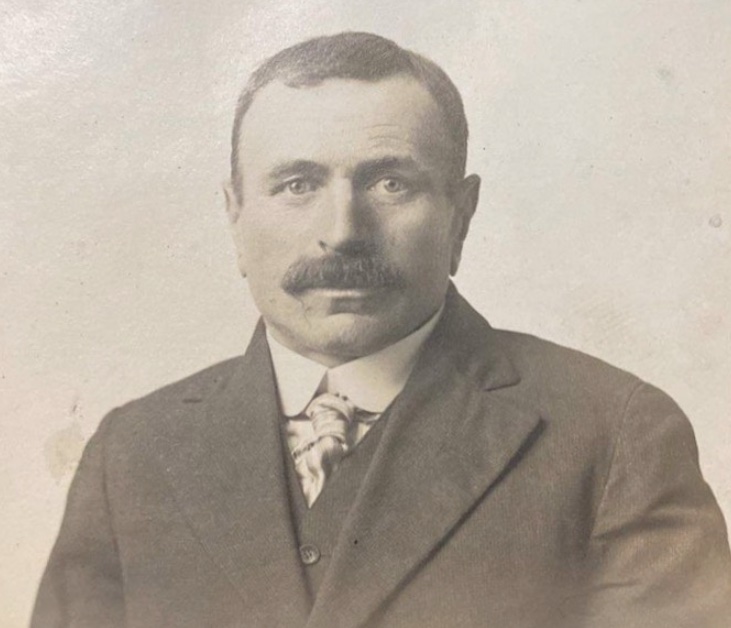The Stone Pavilion Project
Learn More – History – The Back Story

UConn's Early History
UConn, now an international university, grew from seeds planted in 1698 by pioneering English immigrant Samuel Storrs. Generations later, the Indigenous territory his family cleared as their land were the fields and pastures of his descendants, Charles and Augustus Storrs. In 1880, these successful farmers and businessmen donated their land, buildings, and money to found Storrs Agricultural School, which opened in 1881 with 13 male students. The admissions requirements were to be a boy at least 15 years old and vouched to be of good moral character by a clergyman. Within two years, this local institution upgraded itself to become Storrs Agricultural College, admitting women only two years later in 1883. (See UConn's official timeline, accessed Jan 4, 2025.)
In 1899, the school broadened its mission to become Connecticut Agricultural College. Then, in 1933, after thirty four years of being the go-to place for state agricultural education, the institution's mission was broadened once again to become Connecticut State College with five official administrative divisions: Agriculture, Engineering, Home Economics, Teacher Training, and Arts and Sciences. With future growth in mind, the college brought in a new president, Albert Jorgensen in 1935. By 1939, that state college had become the state's flagship university and had opened its iconic Wilbur Cross Library. The 1930s were clearly the most formative decade in what has since become a global university.

Creating the Pavilion
The back story leading up to the dedication ceremony involves a generous farmer and far-traveled rock collector named Albert P. Marsh of New Britain, a member of the local Burritt Grange, and a leader in the state grange. At a time when UConn was still an agricultural college, he began to collect stones from each of the nation's 48 states at a time (Alaska and Hawaii were still territories). He also began collecting at least one stone from each of Connecticut's 169 towns. His original plan was to build a stone wall on his farm that would symbolically integrate his property with the state, and country.
Before getting started, however, Marsh decided that his collections of state and national stones were "too fine" for the ordinary retaining wall he had in mind. Seeking a more pubic place, and quoting Terri Fassio, Public Relations Co-Director of the Connecticut State Grange: "Marsh originally proposed the 'Tribute to Agriculture' in 1934 to the CT State Grange Executive Committee. In January 1936, the project was adopted by both the CT State Grange and the then 'State College at Storrs', with the understanding that the State Grange would fund the erection of the memorial and build it." (Quoted with permission in writing dated September 5, 2021).
To date, no original documents regarding the stone pavilion (other than the anonymous Courant articles) have surfaced. After three years of searching, we have not yet found any written records of its planning, design, architectural sketches, or contract specifications. Most critically, there is no inventory of the stones. We expect these documents will emerge as the project continues. Until then the details of its construction remain a mystery, except for one fact. The treasurer of the state grange cut a check for $750 to pay for its construction. We don't know to whom it was given. This likely makes it UConn's most inexpensive building.
A Symbolic Link

The purpose of the stone pavilion was to pay tribute to the longstanding, hand-in-glove, political alliance between the grange and public education at the state and national levels. Agriculture was then a huge sector of the economy, and land grant universities like UConn devoted much of their effort to technical and practical education. Symbolically, the pavilion merges the work of the grange in donating the stone and funding the building, and the work of the college in assembling the pieces together as a symbol of this alliance.
Pavilion construction is reported to have been supervised by a college employee, Freidrich "Fritz" Johann Steinmeyer, a Swiss immigrant born in 1876, a Storrs resident, and local farmer-stonemason. (This information comes from family members who remember the pavilion as part of family history.) We do not know if Fritz worked as an employee of the college or contracted for the construction. .

Collection, design, and construction of the pavilion, which mingled together local, state, and national collections of stone, coincided with the explosive expansion of UConn's mission from a state agricultural college to a national university. The pavilion is a reminder of UConn's deep connection to the Earth.